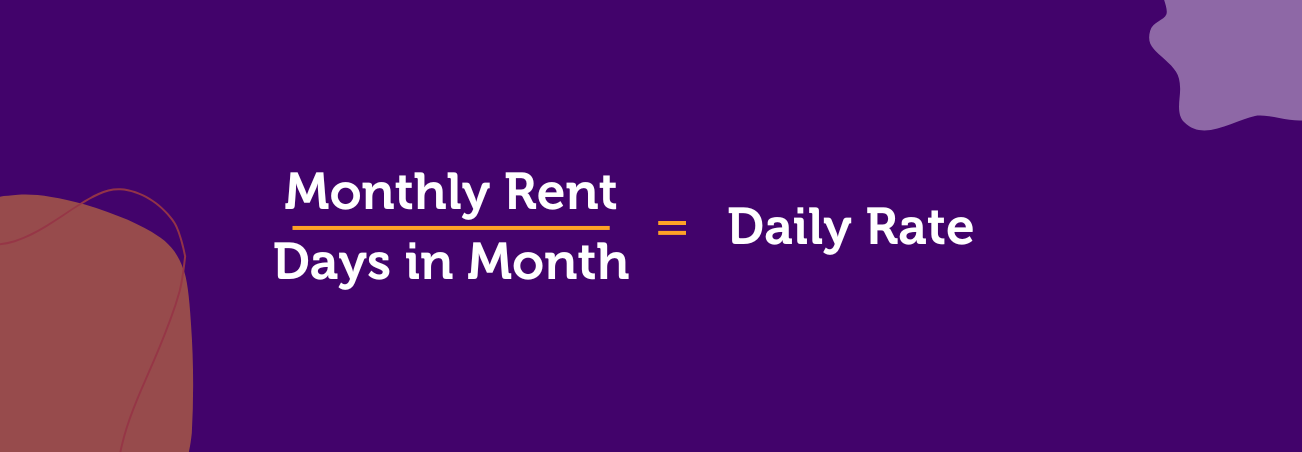Menu
February 1, 2023


Life would be easy if every tenant moved in at the start of the month and moved out at the end of the month.
It would be easy if they kept their original move-in date in mind when moving out.
The reality is that neither of these things happens. No matter how you handle monthly billing at your self storage facility, the chances are you’re going to run into a situation where you need to prorate a tenant’s self storage rent.
In this post, we’ll talk about how to prorate rent, what that means, and when you might need to do so!
Prorated rent refers to the amount charged when a tenant rents a property for an incomplete chunk of time.
If you charge monthly for your self storage unit rentals, but a tenant doesn’t complete a full monthly billing cycle, then charging them for only the percentage of the time they were actually using the storage unit is referred to as prorating the rent.

The practice of prorating rent is fairly commonly understood by customers. In fact, many will expect it to be done even if they don’t give proper notice of moving out.
You could have a situation where a tenant moves in in the middle of July, so you only charge them for the second half of the month. Or maybe a customer decides to move out after only a few days of a month, and you generously only charge them for the days they occupied the storage unit.
No matter what reason you have for prorating your tenants’ rent, let’s look at how you can do it.
There are two easy steps to calculate prorated rent:
It’s possible you have some software, such as your property management software or rate management software, that helps you with prorating monthly storage unit rent. If you don’t, these two steps are all you need.
Some people may prorate rent based on the average number of days in a month. Others may do it by the number of days in the current month.
Either way, find the number of days you’ll be using and then divide the storage unit’s monthly rate by that number.
For example, if you charge $100 a month on a unit and there are 31 days in the month, you would use the formula 100/31=3.23.

Now that you know how much to charge for each day the storage unit was occupied, you can use this to figure out the prorated amount due.
For example, if your tenant rented the unit for 10 days, you just multiply that by the daily rate for a total of $32.30.
Because of how the monthly self storage billing cycle works in self storage, you’re less likely to find a storage facility that will prorate move-outs than to find one that will.
They do exist, though. It takes a little bit of extra administrative work, but it can be an attractive prospect to advertise to your leads.
While prorating a move-out is uncommon, prorating move-ins is a much more common practice.
Because storage facilities tend to bill monthly, they will usually prorate the first month based on the remaining days of the month after the move-in date. From here, the full monthly rate kicks in the following month.
For move-outs, you’ll often find that a move-out completed before the monthly due date—typically around the 5th of the month—is prorated if a customer is honest enough to come in and pay but is otherwise either fully billed (if they are on autopay) or a few days of lost rent that operators sometimes choose not to chase down.
You can either prorate rent on a monthly basis, as explained above, or you can choose an alternative method based on days in the year.
To do this, you multiply your monthly rate by twelve to find the yearly rate. You then divide that by the number of days in a year to find the daily rate.
Finally, you take the number of days the tenant occupies the storage unit that month and multiply it by the daily rate.
Check out some of my other favorite posts!
At StoragePug, we build self storage websites that make it easy for new customers to find you and easy for them to rent from you.
